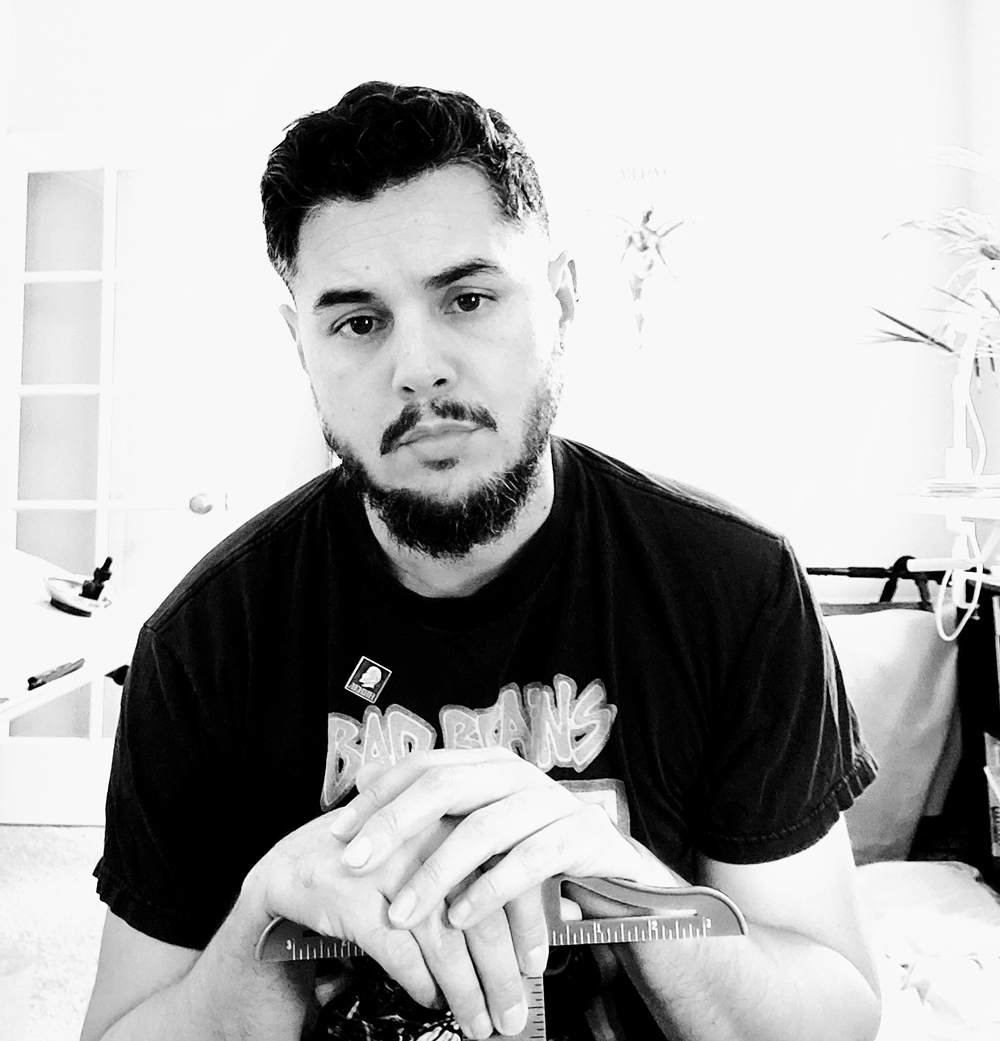We were lucky to catch up with Justin Renteria recently and have shared our conversation below.
Justin, thanks for taking the time to share your stories with us today When did you first know you wanted to pursue a creative/artistic path professionally?
I’ve been drawing as long as I can remember, and was always the “class artist” growing up, but I didn’t think earning a living from art was even possible until high school. I wasn’t planning on going to college, didn’t have any prospects, but I was starting to figure out very quickly that I didn’t want to end up getting in trouble like some of my friends- a few of whom ended up going to jail, prison, or even getting killed. In my junior year, I had a friend who was a senior, and had taken many of the same art classes I had. He ended up getting a scholarship to an art school in Denver. By the time I was a senior, there was a new art teacher: Ms. Whiteford. She was instrumental in helping me to see the possibilities of a career in art, and she pushed me to apply for the same scholarship my friend received the year before. By the end of the year I had a portfolio that I was able to show to prospective colleges, and I ended up getting the scholarship, which is the only way I was able to afford art school. I still keep in touch with Ms. Whiteford (now Mrs. Adams), and I’ve been sure to let her know how much of an impact she had on my life.
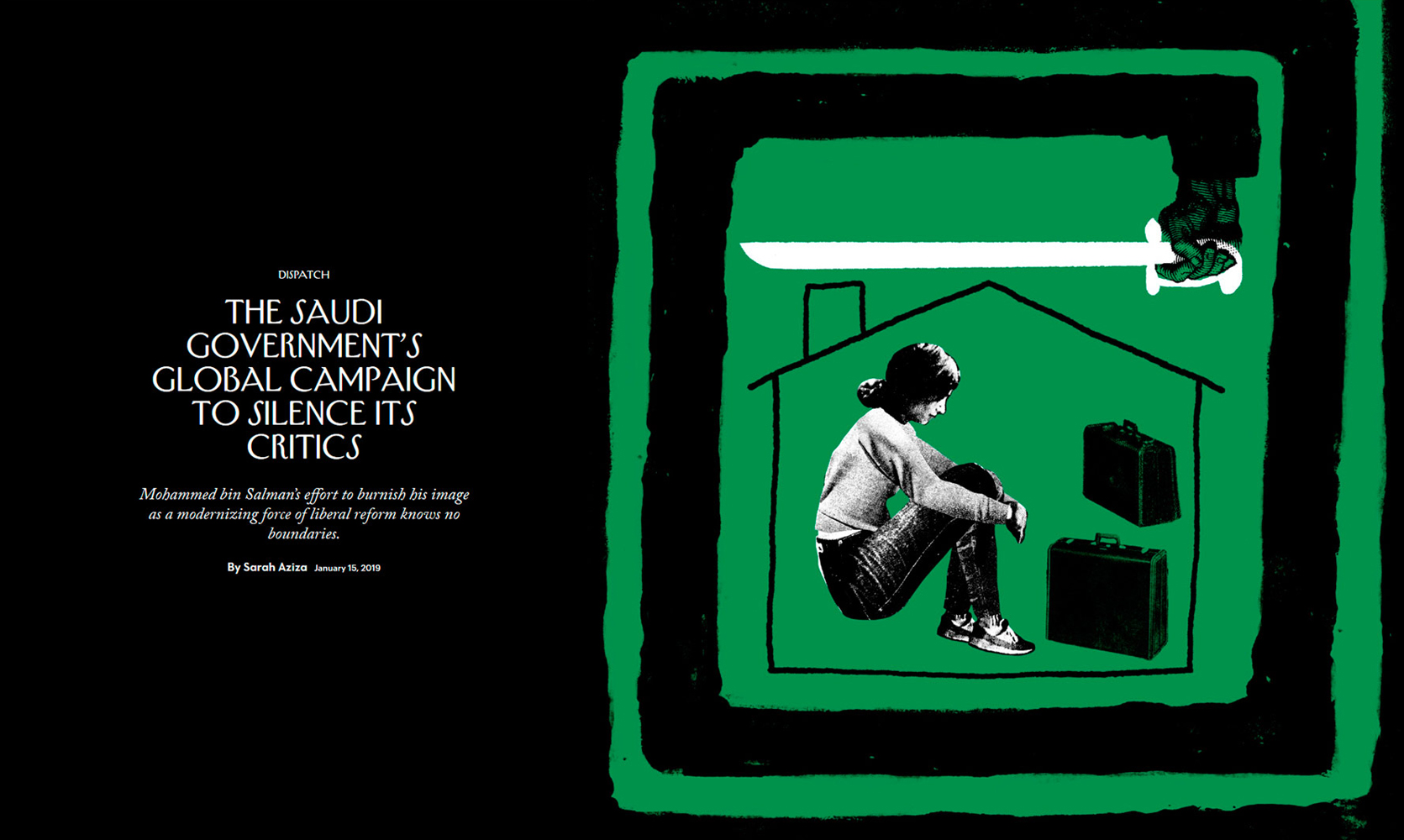
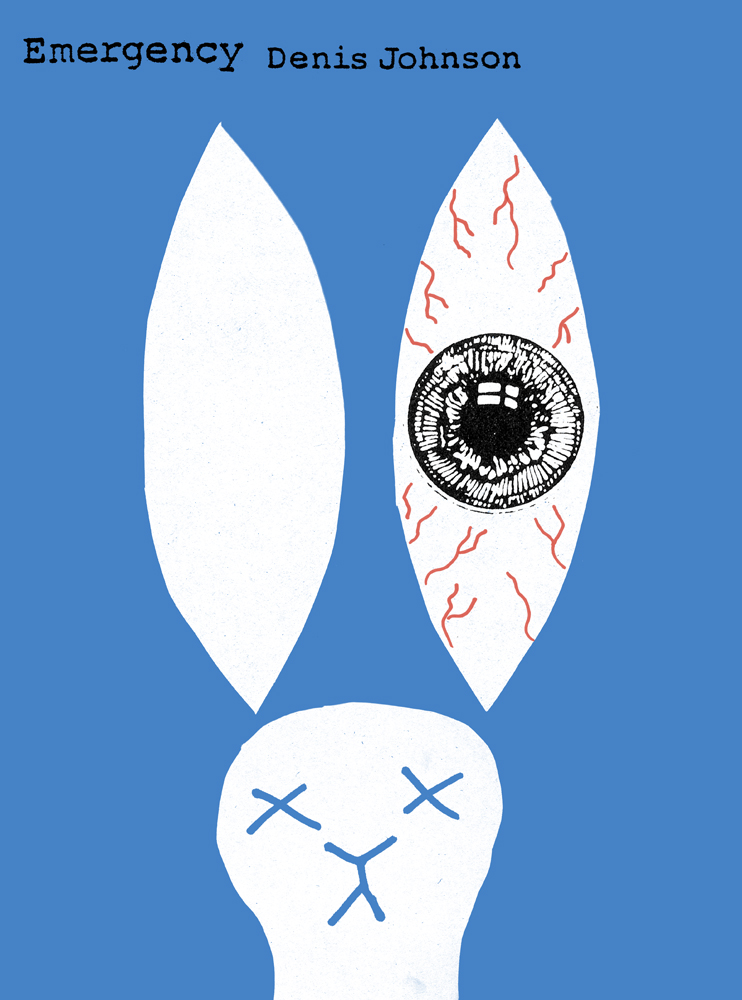
Awesome – so before we get into the rest of our questions, can you briefly introduce yourself to our readers.
I graduated from art school in 2006, and have worked as a full time illustrator for the majority of the time since. It’s always been freelance, so it took a while to get started, with many part-time day jobs (or even night jobs) to help make ends meet. I would spend hours at magazine racks, poring over mastheads, looking up the names and phone numbers/emails of art directors from various publications. Then hours more reaching out – cold calling on the phone if I couldn’t find an email address- to potential clients. For many years I would also print out postcards to mail. I even had some art directors tell me that it was a random postcard they received from me years earlier that resulted in the commission. I’ve been lucky enough to work with some of the most amazing people in the biggest magazines and newspapers in the U.S.: The Los Angeles Times, The New York Times, The New Yorker, The Atlantic, Cosmo, and so many others. I was originally interested in working almost exclusively for magazines and newspapers, but I’ve also expanded into designing book covers, providing art for animated ads, working on key art/billboards for Showtime, and more. I’ve always made very conceptual work, and clients know that they can rely on me to provide sharp, iconic visuals that communicate the ideas they’re focused on. I feel so incredibly honored knowing that the people responsible for creating a visual identity- especially for a publication as storied as The New Yorker- will put that trust in me. Aside from my commercial work, I also started self-publishing a comic that I sell in shops around Denver. It has nothing to do with my commercial illustration (which is a completely different visual style), but it’s a way for me to undertake a creative project that is essentially just for me. It’s been selling well at shops, so I’m hoping it’s resonating with others too. It’s called THAT RUFUS KARL IS ONE BAD HOMBRE, and it follows the titular character as he tries his best to escape a life that he has been thrust back into, after ten years in hiding. It’s a satire that plays with the tropes of old action movies and t.v. shows. In a very tongue-in-cheek fashion it points out what a crappy job being a henchman is, and asks: “What if it could be even crappier?” I think anyone that’s ever had a lousy job, terrible boss, or worked for a company that felt they owned your entire existence will identify with it.
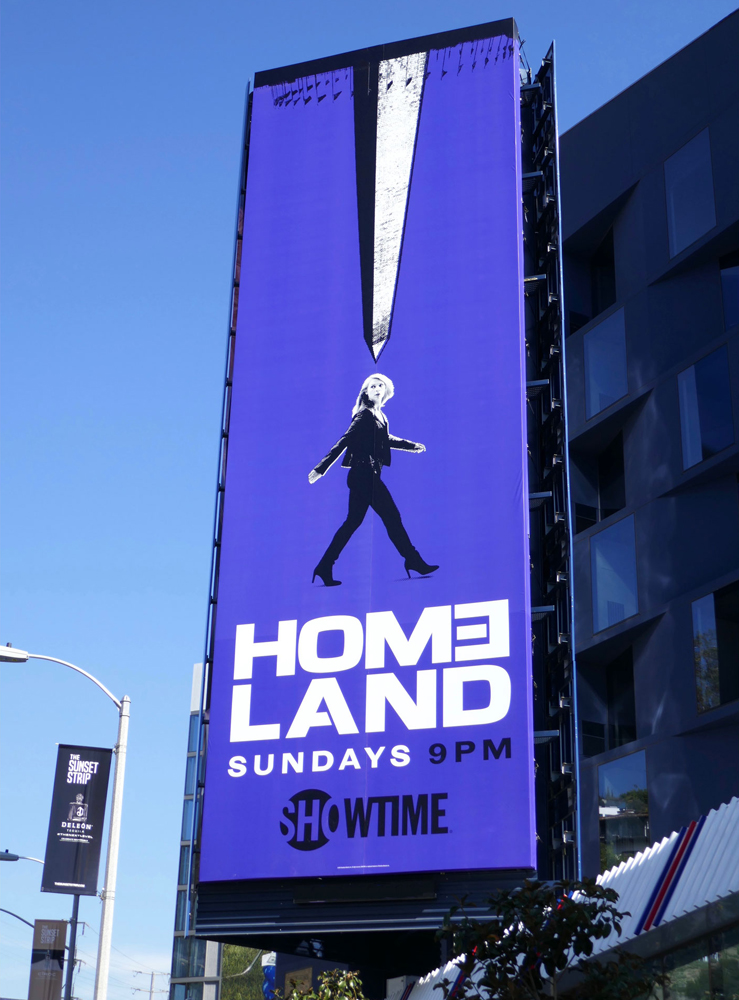
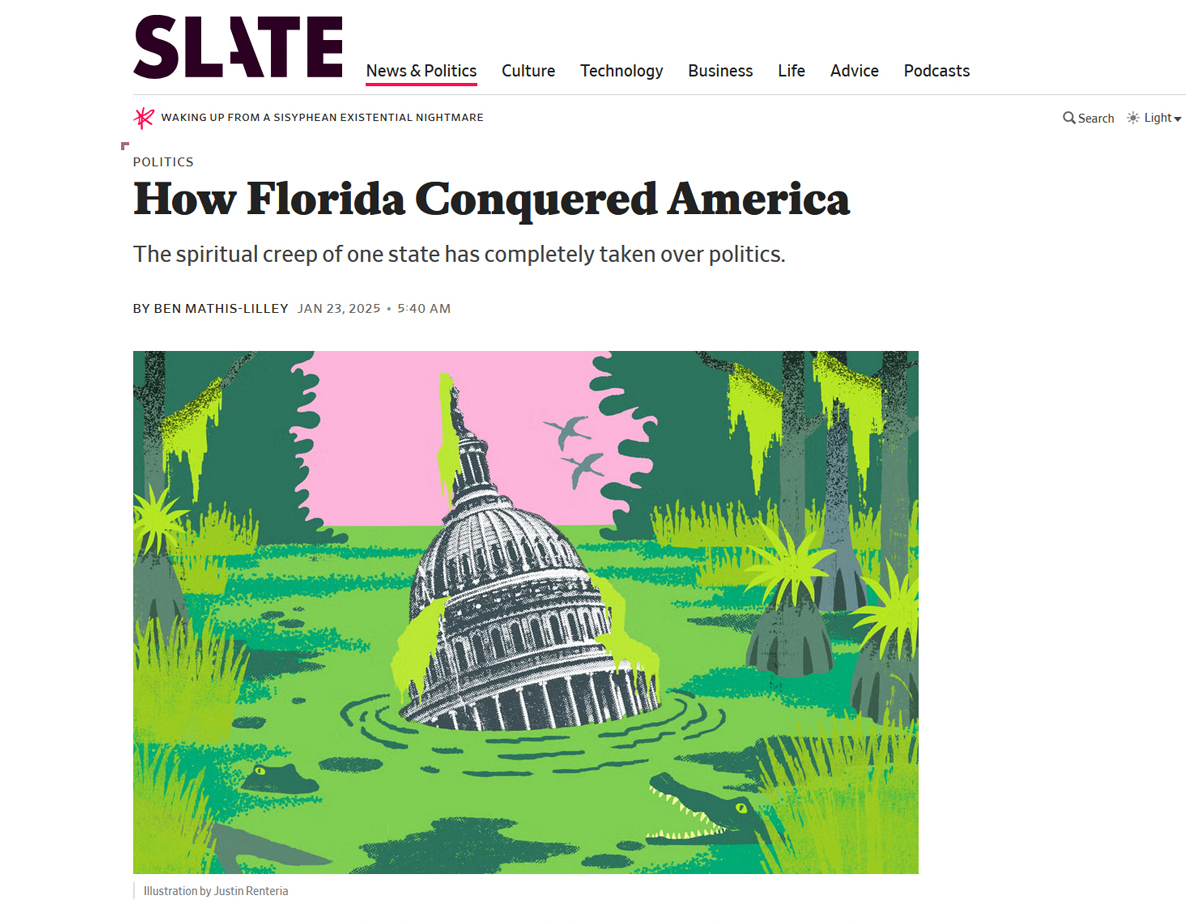
We’d love to hear a story of resilience from your journey.
In 2016 my father was dying. He had liver disease, so he had basically been dying for ten years. He didn’t pass until a year later, but in 2016 he started getting really sick. That was also the year that I moved out of state for the first time since I had originally moved to Colorado as a kid. My wife was about to start a degree program in Boston, and we had to leave all our family behind. It was an exciting adventure, but also unfortunate timing, as I left my sister and brother to care for my dad, who was starting to experience debilitating symptoms from his cirrhosis. At the end of the year, he was so sick he moved back to his hometown in Mexico, where his sisters could better care for him than my siblings were able to. This also happened to be one of the busiest and most successful times of my career. We were relying solely on my income while my wife was in a rigorous dental hygiene program, so there was little time to breathe. In 2017 three deaths hit me hard. My younger cousin, not even 30, had passed away suddenly. A young girl from my hometown- a student at the elementary school my daughter attended, and I occasionally substitute taught at – committed suicide. And my father finally succumbed to his illness. I was devastated, and suffering from depression, but I had no time to grieve. It wasn’t until we moved back to Colorado after my wife’s graduation that everything settled. I was back “home,” and sank into an even deeper depression. I couldn’t focus on my job, and stopped taking most illustration commissions. I felt so lost, and the passion I once had for illustration was gone. In 2020, in the midst of Covid, my wife was getting her Master’s (she did so well in her hygiene program, she was given a full ride for a post-grad program). One of her classes was on Graphic Medicine- how doctors and patients sometimes use visual narratives like comics to express themselves. I helped to illustrate one of her assignments, and her professor was impressed enough to tell me about a graphic novel he was working on: an adaptation of Kahlil Gibran’s The Prophet. Comics had been a dream of mine since I was old enough to read a Peanuts cartoon, but I never pursued it professionally, mostly out of fear that I wasn’t good enough. After landing a deal with our publisher, Graphic Mundi, I spent the next several months illustrating A. David Lewis’ script for the adaptation. It was the spark that re-ignited my passion for making art. I eventually got back to accepting commissions for my freelance illustration, but I continue to work on my own comic (THAT RUFUS KARL IS ONE BAD HOMBRE) in my spare time, as a labor of love.

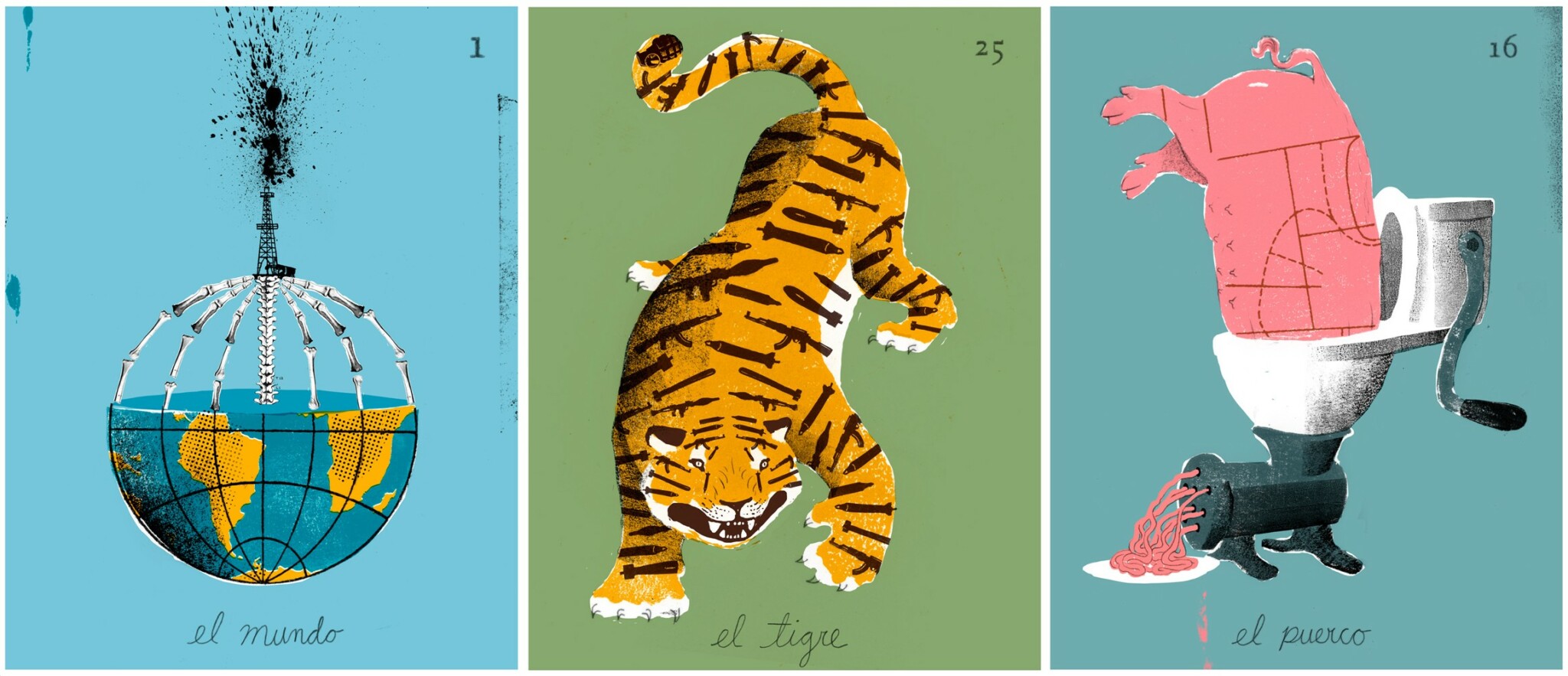
Is there mission driving your creative journey?
I’ve learned that my mission in life (aside from spending every moment I can get with loved ones) is to create art. I’ve had to learn this lesson the hard way at times, but I’ve discovered that it is completely, and utterly necessary. I need to make things: drawings, comics, poster designs- visual creations, the medium isn’t important. It sustains me, and I know that without engaging in this behavior I would lose what it is that gives me humanity. I’m incredibly fortunate that I’ve been able to make a living at illustration, but even if that were no longer true, the need to create art would not cease. It gives me joy, and finding that joy is what drives me in every artistic endeavor, whether it’s a cable network’s billboard design, or a zine I make copies of at the library.
Contact Info:
- Website: https://justinrenteria.com
- Instagram: El_Justo_Draws ( https://www.instagram.com/el_justo_draws/ )
- Linkedin: https://www.linkedin.com/in/justin-renteria-00a7a94a/
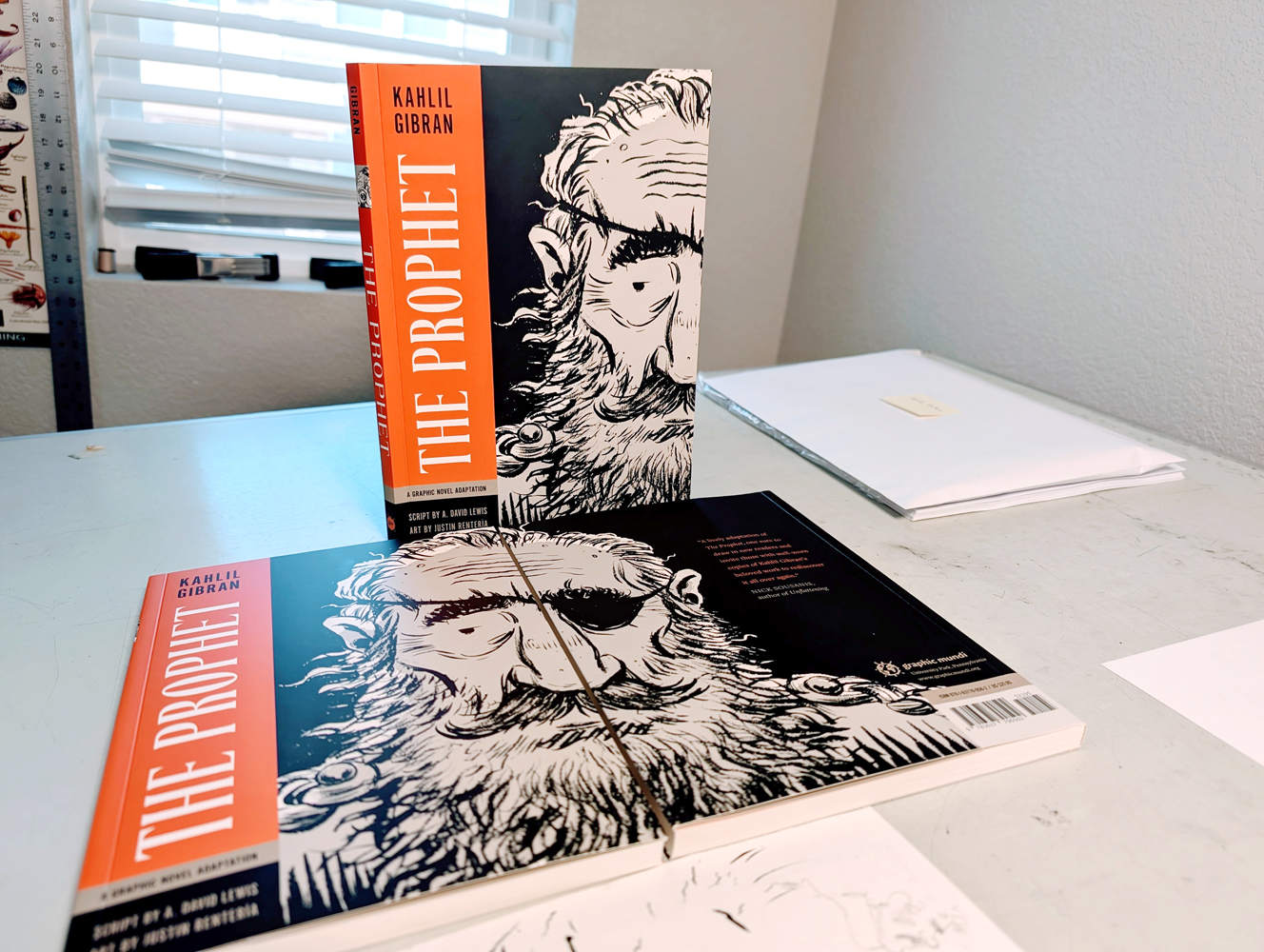
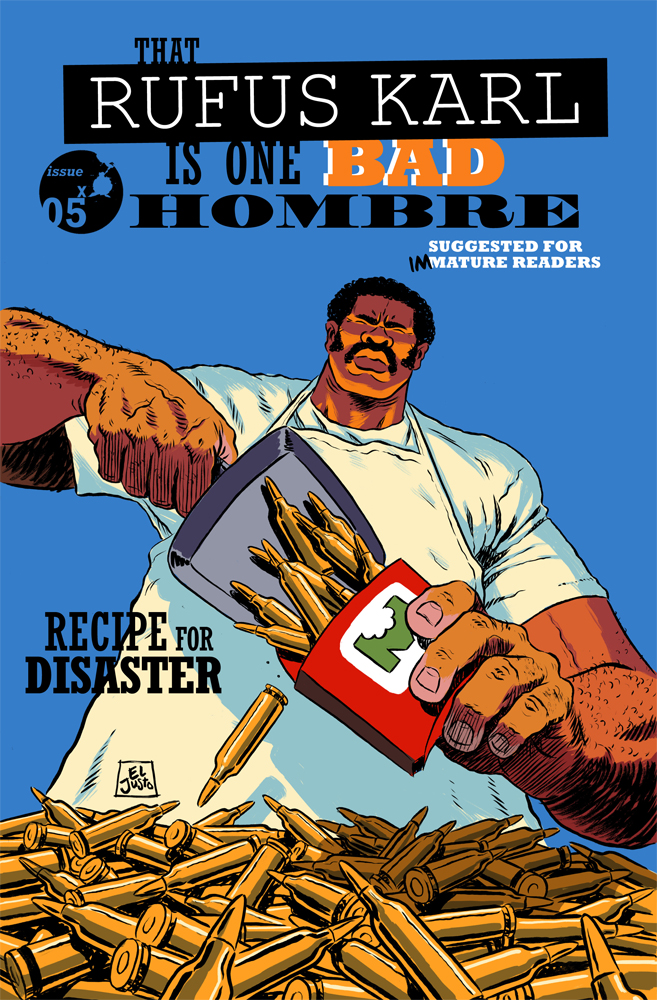
Image Credits
Homeland billboard photo by Jason Morgan.


